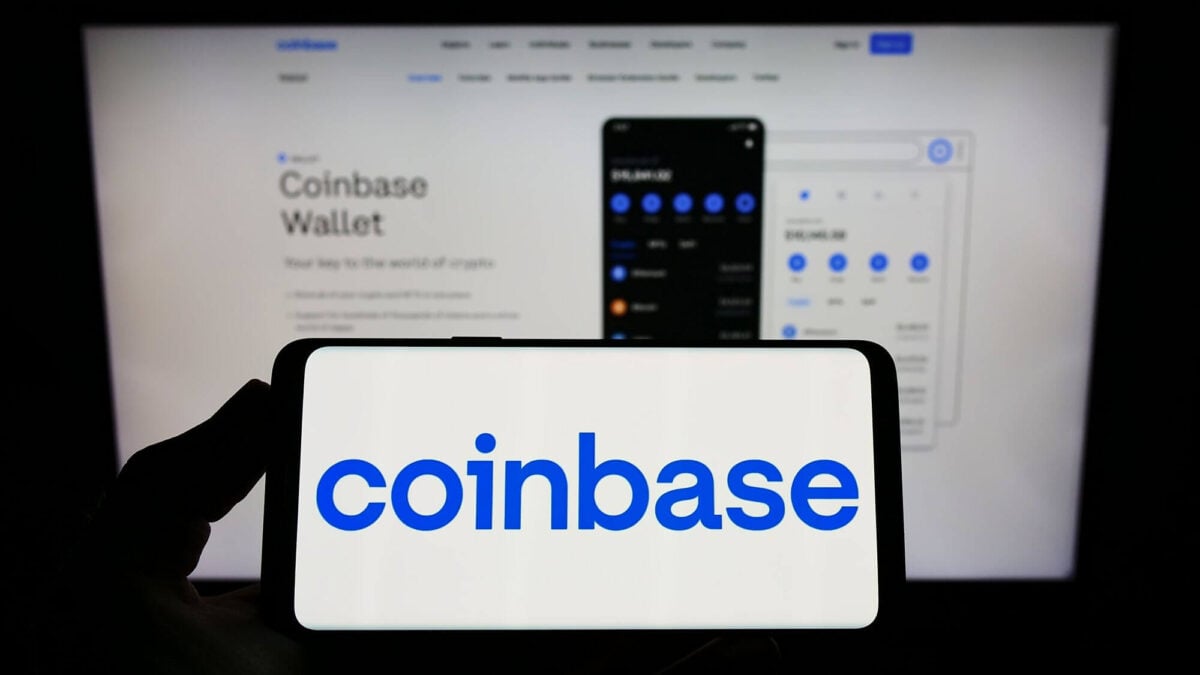TLDR
- Coinbase’s David Duong predicts crypto treasuries will start consolidating soon.
-
Duong compares upcoming mergers to the Strive-Semler Scientific deal.
-
Crypto treasuries may increase their focus on yield strategies like staking.
-
Many DATs face market pressure, potentially forcing strategic changes.
David Duong, Coinbase’s head of investment research, recently predicted that as the crypto treasury market matures, companies in the sector may begin consolidating through mergers and acquisitions (M&A). This shift comes as crypto treasuries try to compete for investor attention in an increasingly crowded space.
Duong made these comments in a recent interview, suggesting that this trend could resemble the recent acquisition of Semler Scientific by Strive, a deal announced in late September 2025. As the digital asset treasury (DAT) market grows, he believes some companies may pursue similar strategies to enhance their market position and scale up operations.
Why Mergers and Acquisitions Could Become More Common
According to Duong, the maturation of the crypto treasury sector is likely to trigger increased consolidation. Companies may look to M&A deals to attract investors and boost their portfolios. This could help them become major players in the growing industry by gaining access to better resources, technology, or assets.
He also noted that some crypto treasuries have already begun using financial engineering tactics like share buybacks. This is one strategy to increase stock value, especially in the face of increasing competition and market saturation.
Duong compared these efforts to the acquisition deal between Strive and Semler, saying that crypto treasuries might adopt similar moves to solidify their positions.
Increased Focus on Yield Strategies
In addition to mergers and acquisitions, Duong mentioned that crypto treasuries are increasingly adopting crypto-native strategies to generate returns. Yield-generating activities such as staking and DeFi looping are gaining popularity among digital asset treasuries.
Staking involves holding assets in a blockchain network to earn rewards, while DeFi looping refers to repeatedly borrowing and repositioning assets to boost returns.
Duong believes that these strategies could further mature the industry as companies seek to diversify their portfolios and enhance yields. However, he cautioned that the long-term future of the market remains uncertain, depending largely on regulatory changes, liquidity, and evolving market conditions.
Challenges Facing Crypto Treasuries in the Market
Despite the growth of digital asset holdings, many crypto treasuries are facing considerable challenges. Some companies are struggling with share prices, losing up to 90% of their value. Duong attributed this to market saturation and concerns over sustainability.
The pressure to maintain competitive share prices is pushing some treasuries to use buybacks, which may not always be well received by the market.
While buybacks can reduce the float and signal confidence, they are often perceived negatively if investors believe the action stems from a lack of long-term strategy. Duong stressed that the effectiveness of these measures depends on how well the market perceives the company’s overall health and capital allocation.






